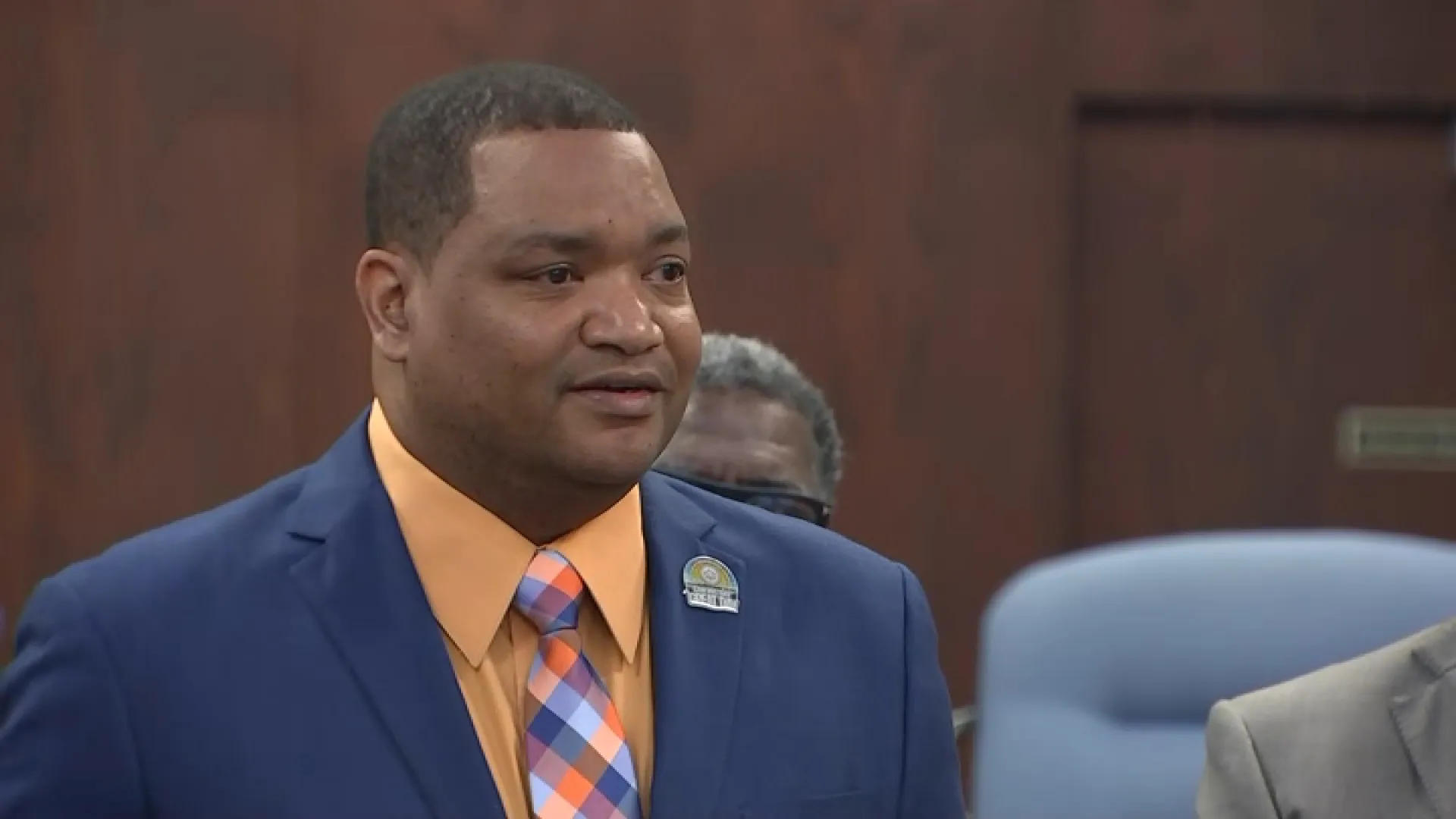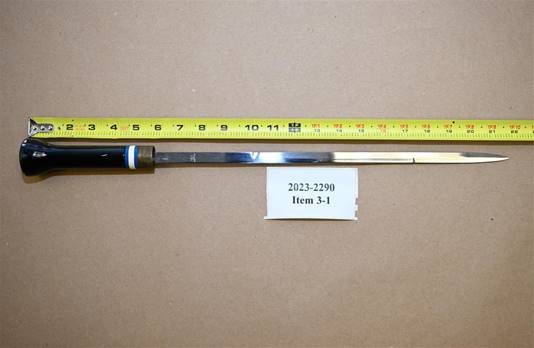Opponents of education cuts proposed to help balance the state budget focused Tuesday on central Pennsylvania in trying to persuade lawmakers to restore funding for K-12 schools and public universities.
At a rally Tuesday in Harrisburg, hundreds of students met legislators returning from Easter recess at the steps of the state Capitol. The students and their supporters want the state to spend more on education and less on prisons.
Some at the protest backed by the NAACP also opposed a school voucher plan moving through the state Senate.
A separate gathering dubbed the “Rally for Public Education” was scheduled for later Tuesday about 90 miles northwest in Bellefonte, Centre County. Organizers there hoped to draw public school teachers, parents and administrators from around the region, as well as supporters from nearby Penn State University in State College.
Seeking to reduce an estimated $4 billion recession-driven deficit, Gov. Tom Corbett has proposed slashing more than $1.6 billion from schools and universities.
That includes more than $1 billion going to public schools, and about $625 million of state aid to 18 universities, including Penn State. The university's loss amounts to half of its current state revenue, or about $182 million.
President Graham Spanier has said the school is considering all contingencies to close the gap, including layoffs and tuition increases.
Local
Breaking news and the stories that matter to your neighborhood.
The $182 million represents about 4 percent of Penn State's $4 billion budget, though the university has said that does not present a true picture of the impact on its educational mission because much of the income is earmarked toward other areas.
For instance, Spanier told lawmakers in March, Medicare funds targeted for patients at Penn State's Hershey Medical Center can't be used to hire an English professor, and federal funding awarded for research can't be moved to the education ledger.
Funding for instructional expenses amounts to about $1.6 billion of Penn State's operating budget, spokeswoman Lisa Powers said. Of the $1.6 billion, about three-quarters comes from tuition and fees, with 17 percent from state appropriations.
“The overall income stream includes lots of areas that cannot be used to offset the loss of these state funds which are specifically appropriated for student education,” Powers wrote in an email. “The reason we receive an appropriation is to offset the educational costs for in-state students.”
In-state freshmen and sophomores pay about $14,400 per academic year, while non-Pennsylvania residents pay roughly $26,200.
Organizers of the Centre County rally intended to also draw supporters from Clearfield and Clinton counties who have voiced concerns about the impact of a potential decline of $17.1 million in elementary and secondary school funding among schools in the region.
Organizers said area school districts last year paid more than $10 million to cyber and charter schools -- an amount they expect will increase if the Legislature approves vouchers.



